Credit card statement: 9 must-check things
The RBI has mandated banks to offer a three day grace period for customers to pay outstanding total due amount mentioned in the statement.
- Noopur Praveen
- Last Updated : September 15, 2021, 13:47 IST
1/10
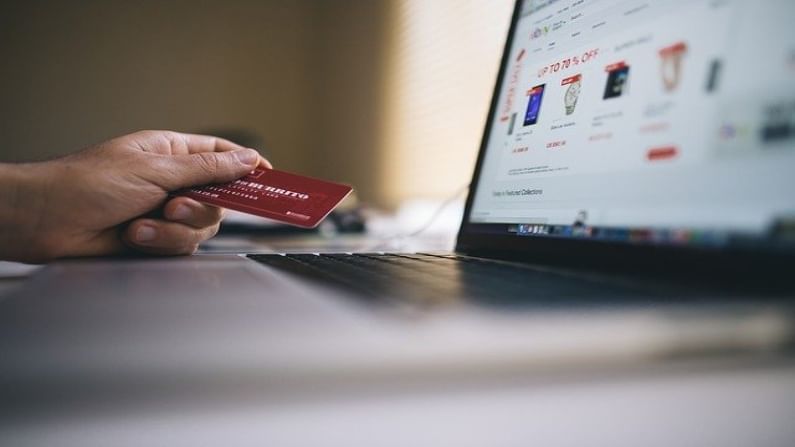
Credit cards are tempting due to their flexibility and utility. However, if you are an avid credit card user, it’s important to understand the credit card statement you get at the end of your billing period.
2/10
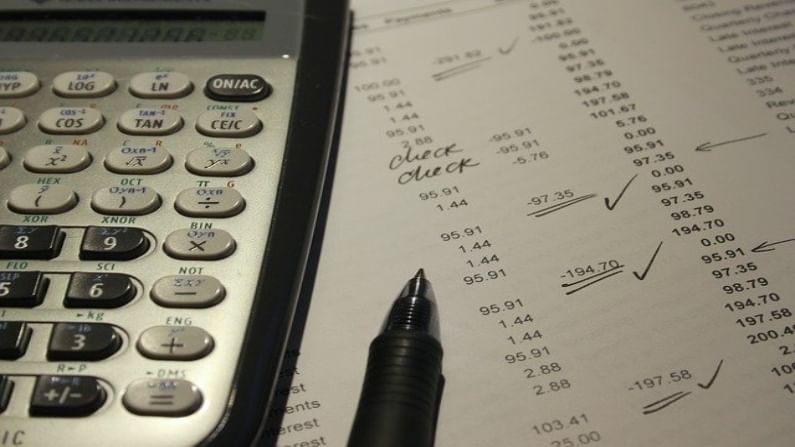
The account summary is the first thing that should be read carefully. Your credit balance, opening balance, purchases made in the current cycle, interest charged since the last billing cycle, fees charged, cash advances and statement closing date are mentioned here.
3/10
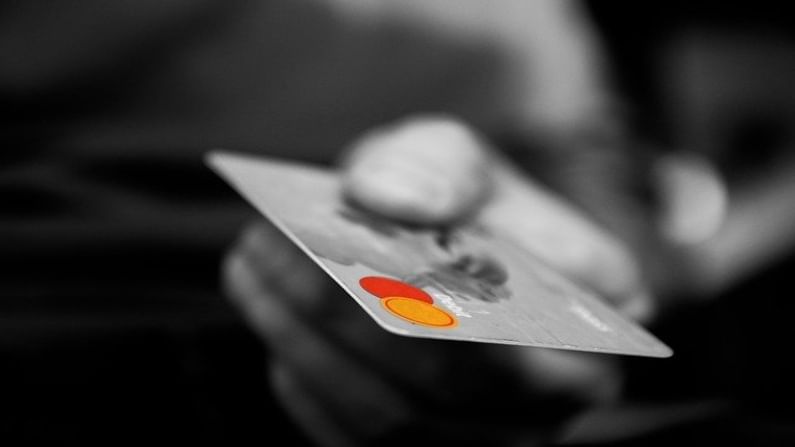
Make sure to note the payment due date mentioned in the credit card statement. If you make your payments through cheque, It's advisable to not wait for the last day to execute it. A cheque typically takes 3-4 days to be cleared and you may have to pay late fees penalty.
4/10
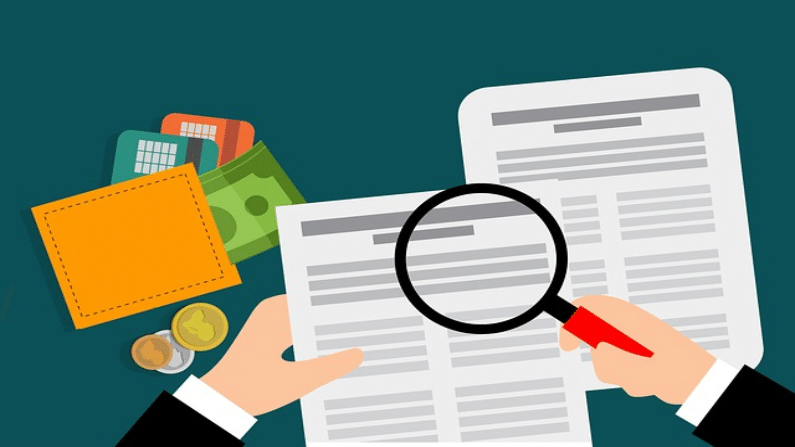
The credit statement also includes minimum amount that can be paid to avoid late fees. This is especially for those who can't pay the entire credit at once. Note that interest will be charged for the outstanding amount until you have paid in full.
5/10
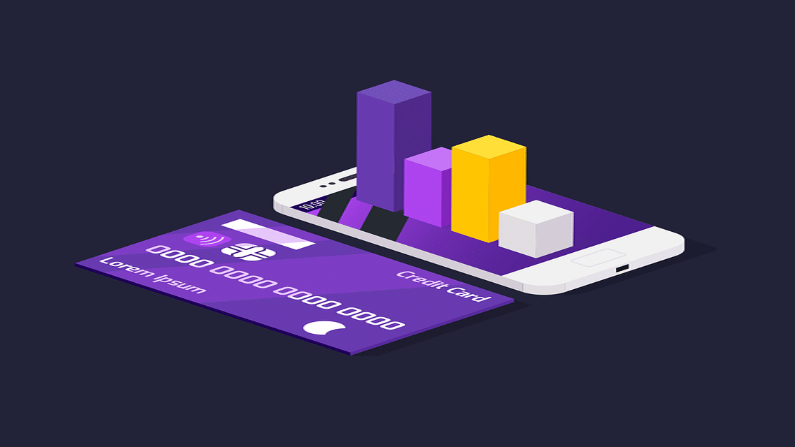
Unlike the minimum amount due mentioned above, the total amount due highlights interest levied on the outstanding amount, late fee if any, carry forward amount from the last billing cycle, service charges, penalty if applicable, and other charges.
6/10

The RBI has mandated Indian banks to give a three day grace period to customers to pay outstanding total due amount. Banks can impose late payment charges only if the amount due is not paid for more than three days from the payment due date.
7/10
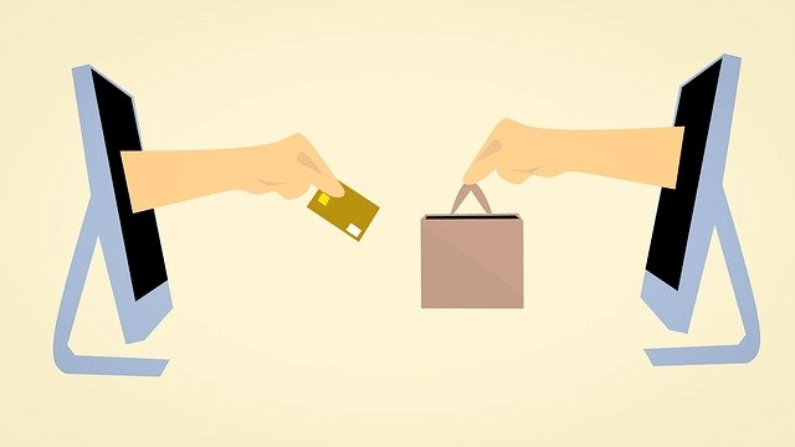
The credit statement mentions the reward points gained by the customer. For certain payments done using a credit card, reward points are offered as perks from the bank. These range from 1 to 10 and can be converted into cash to buy something. It's a way to attract more customers.
8/10
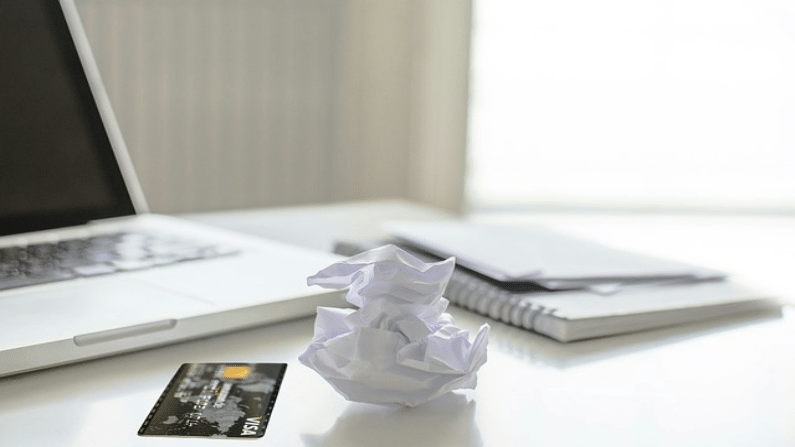
Have a look at your credit limit availability mentioned in the credit statement. This limit is decided by the bank and the user can’t spend beyond the set limit. However, some companies do allow customers to go over limit, subject to terms and conditions.
9/10

Having a look at your transaction details from the credit statement is essential for more reasons that one. It is a list of transactions made from the start of the cycle till the payment due date. You must review these details to make sure there are no errors and you aren't being charged extra.
10/10
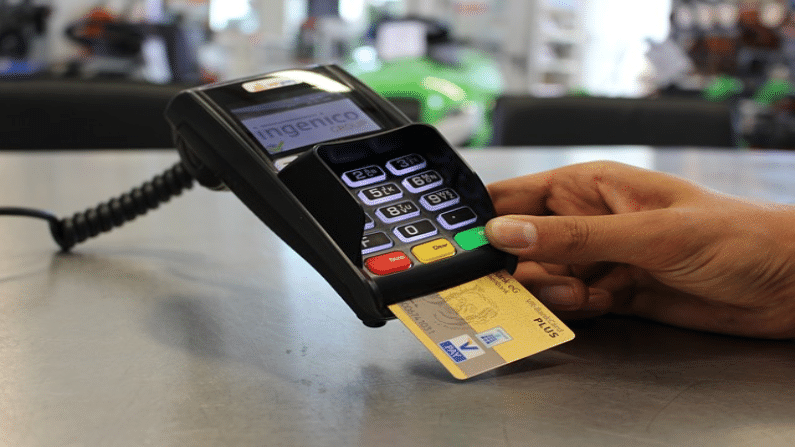
The report based on a survey said that consumers are seen actively spending 36% on cable tv, clothing and footwear, 33% on electronics, 25% on furnishings, 22% on restaurants and 12% on alcohol.
Published: September 14, 2021, 14:09 IST
Download Money9 App for the latest updates on Personal Finance.
Related
- ICICI बैंक को 49.11 करोड़ रुपये के टैक्स डिमांड का मिला नोटिस
- बैंक कर्ज वृद्धि धीमी पड़कर 4.9 प्रतिशत पर: आरबीआई
- PSU के लिए शेयर बाजार से हटने को स्वैच्छिक ढांचा लाएगा SEBI, एफपीआई नियम होंगे सरल
- केनरा बैंक ने सभी बचत खातों में न्यूनतम शेष पर जुर्माने को खत्म किया
- SBI ने FD पर ब्याज दर में 0.20 प्रतिशत की कटौती की
- बैंक ऑफ महाराष्ट्र ने रिटेल लोन दरों में 0.25 प्रतिशत की कटौती की

